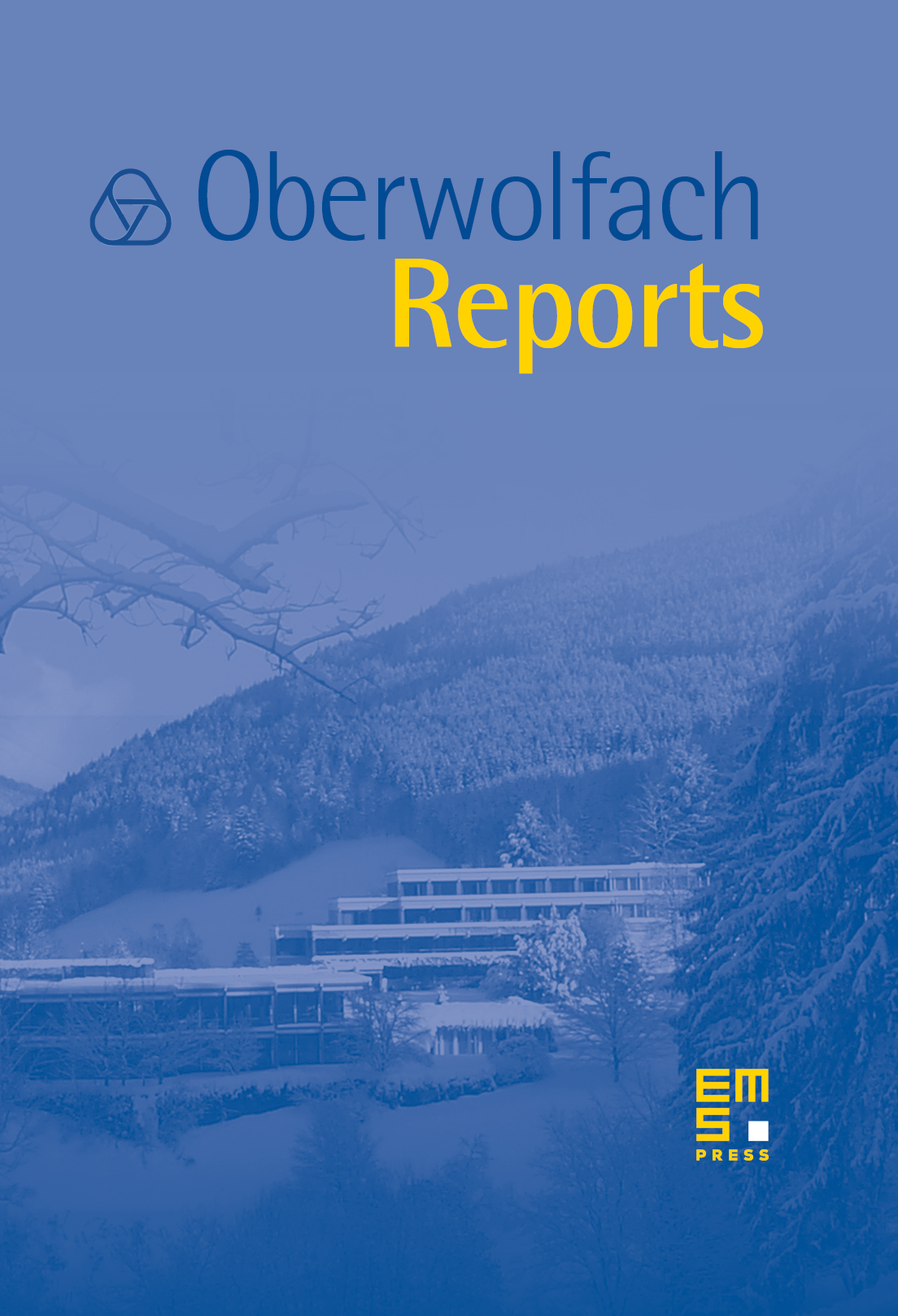Explicit Methods in Number Theory
Henri Cohen
Université de Bordeaux I, Talence, FranceHendrik W. Lenstra, Jr.
University of Leiden, NetherlandsDon B. Zagier
Max-Planck-Institut für Mathematik, Bonn, Germany

Abstract
The workshop Explicit Methods in Number Theory was organised by Henri Cohen (Talence), Hendrik W. Lenstra (Leiden), and Don B. Zagier (Bonn) and was held July 17–23, 2005. Three previous workshops on the topic had been held in 1999, 2001, and 2003. The goal of this meeting was to present new methods and results on concrete aspects of number theory. In many cases, this included computational and experimental work, but the primary emphasis was placed on the implications for number theory rather than on the computational methods employed.
There was a ‘mini-series’ of five -hour morning talks given by Bas Edixhoven, Johan Bosman, Robin de Jong, and Jean-Marc Couveignes on the topic of computing the coefficients of modular forms. Let
be Ramanujan's tau function, a newform of weight for . The speakers exhibited a method to compute for prime in time polynomial in .
Some of the other main themes included:
- Modular forms, -expansions, and Arakelov geometry
- Rational and integral points on curves and higher-dimensional varieties
- Integer factorization
- Counting points on varieties over finite fields
- Class groups of quadratic and cubic fields and their relationship to geometry, analysis, and arithmetic.
As always in Oberwolfach, the atmosphere was lively and active, providing an ideal environment for the exchange of ideas and productive discussions. This meeting was well-attended – with over 50 participants from a variety of backgrounds and with broad geographic representation from all continents, including a number of younger researchers. There were 30 talks of various lengths, and ample time was allotted for informal collaboration.
Cite this article
Henri Cohen, Hendrik W. Lenstra, Jr., Don B. Zagier, Explicit Methods in Number Theory. Oberwolfach Rep. 2 (2005), no. 3, pp. 1799–1866
DOI 10.4171/OWR/2005/32